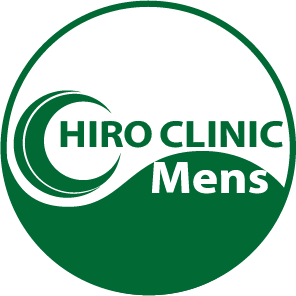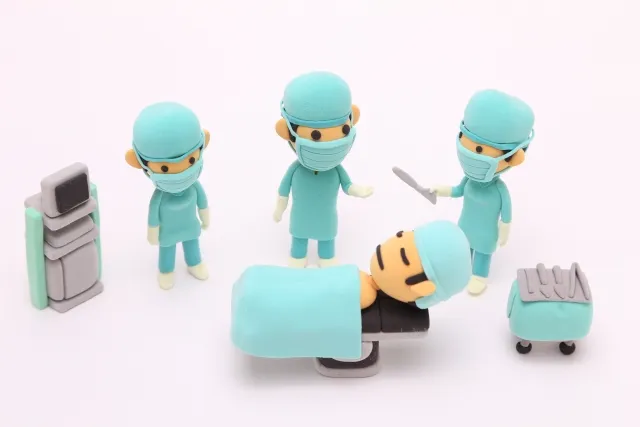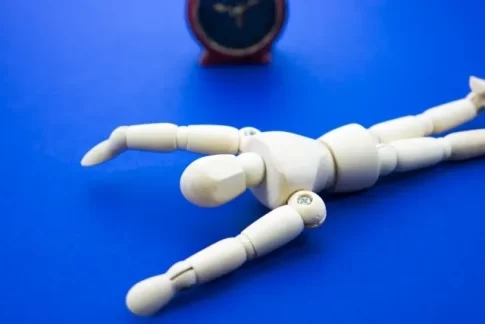この記事の概要
Penile implants are one treatment option for severe erectile dysfunction (ED) and may be considered when other treatments are ineffective. This technique is especially recommended for patients for whom medication is unsuitable or ineffective for medical reasons.
Penile implants are one treatment option for severe erectile dysfunction (ED) and may be considered when other treatments are ineffective. This technique is especially recommended for patients for whom medication is unsuitable or ineffective for medical reasons.

Types of Penile Implants
- Semi-rigid implants (rod prosthesis):.
- A rod-shaped device is inserted that provides constant hardness to the penis. The device is surgically constructed to stay permanently inside the penis and can be manually positioned as needed.
- Movable implants (hydraulic prostheses):.
- A hydraulic pump and cylinder are used to switch between erectile and non-erectile states. By manually operating the pump, which is located in the scrotum, fluid is pumped into the cylinder, resulting in an erection.
Surgical process
- Assessment and Planning:.
- Prior to surgery, the patient’s health is assessed in detail and the appropriate implant type is selected.
- Surgical Procedure.
- Under local or general anesthesia, a prosthesis is inserted into the penis corpus cavernosum. The surgery usually takes one to two hours to complete, and hospitalization is often brief.
- Recovery Period.
- Recovery after surgery takes several weeks and may take several months to fully recover. After surgery, activities are gradually resumed according to the doctor’s instructions.
Benefits and Risks
- Advantages: – No
- Unlike drug therapy, it provides an immediate and reliable erection. It also provides a sensation similar to natural intercourse, which often results in high patient satisfaction.
- Risks: The risk of
- There are risks associated with surgery, including infection, implant failure, and pain at the surgical site. In addition, surgery is irreversible and may make it difficult to return to other treatment options.
Penile implants are often considered as a last resort when other treatment options have not been effective. If you are interested in this treatment option, a detailed consultation with a specialized urologist is recommended.










